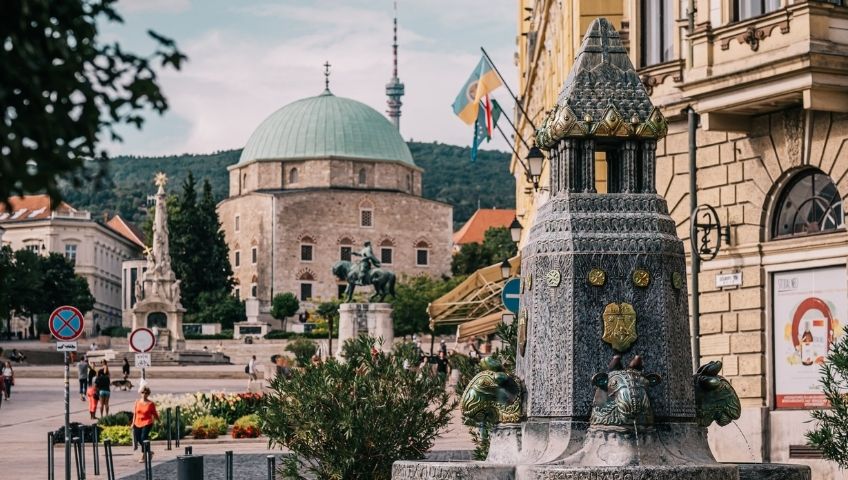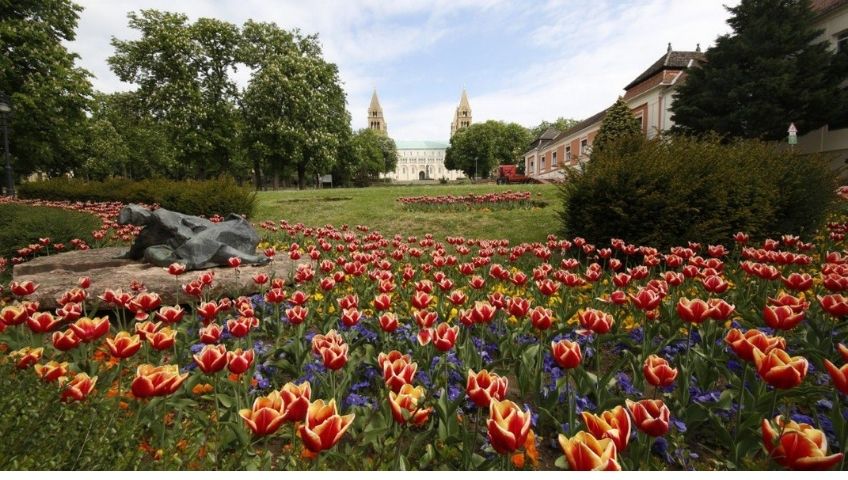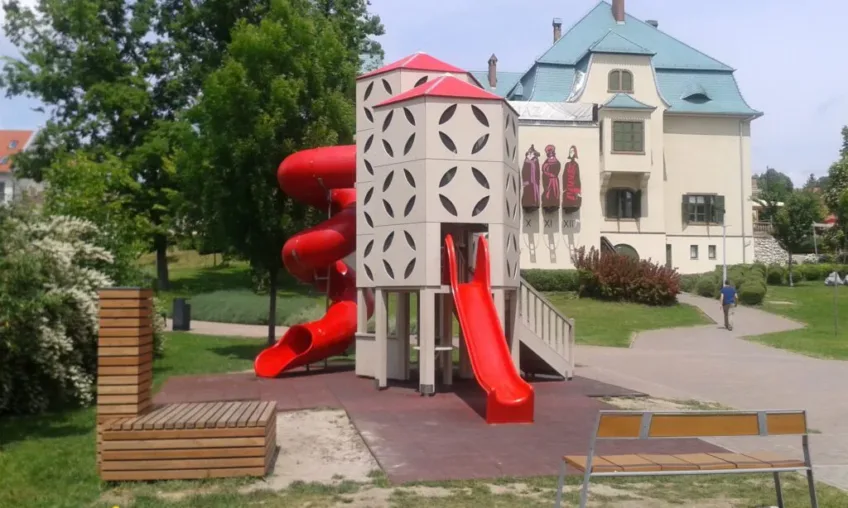An eco-system of marine animals such as seashells, crabs, sea urchins and other prehistoric saltwater species associated with undersea thermal springs has been discovered in the approximately 132-million-year-old layers of Mecsek Mountains by researchers of the University of Pécs (UP) and the University of Oslo. One of co-authors of the paper published in the journal Palaeography, Palaeoclimatology and Palaeoecology, László Bujtor, associate professor at the Institute of Geography and Earth Sciences of UP told the Hungarian News Agency (MTI) that an eco-system similar to the one found in Mecsek has only been discovered in Antarctica and in the depth of the Tyrrhenian Sea. According to the researcher, the discovery is outstanding because the fossils prove that the prehistoric species discovered in Mecsek Mountains had been bigger than the ones found in other places due to favourable environmental conditions. In other words, it is like finding a human population in an unspoilt jungle where people could grow 2.2-2.5 metres tall on the average.
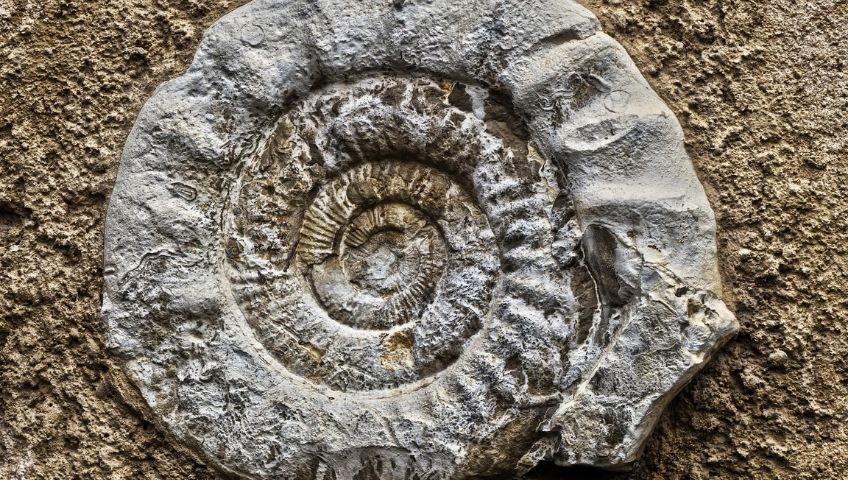
The oldest residential building: The oldest building in Pécs is believed to be the house at 2 Káptalan Street where a written record from 1324 reports its existence. Another interesting fact is that the building housed the first public library established in 1477 by provost György Handó. Even passers-by cannot miss the elaborate relief above the entrance and the renaissance fresco fragments under the worn-out paint of the façade. Today, the building is home to Zsolnay Museum.
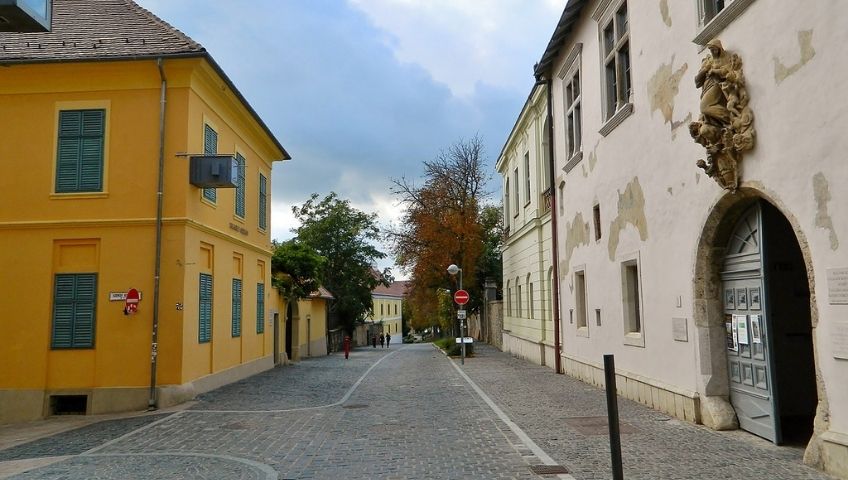
Mosque of Pasha Qasim: The largest monument from the Turkish occupation.
Further information: Mosque of Pasha Qasim | Városunk – Pécs, a kultúra városa (pecs.hu)
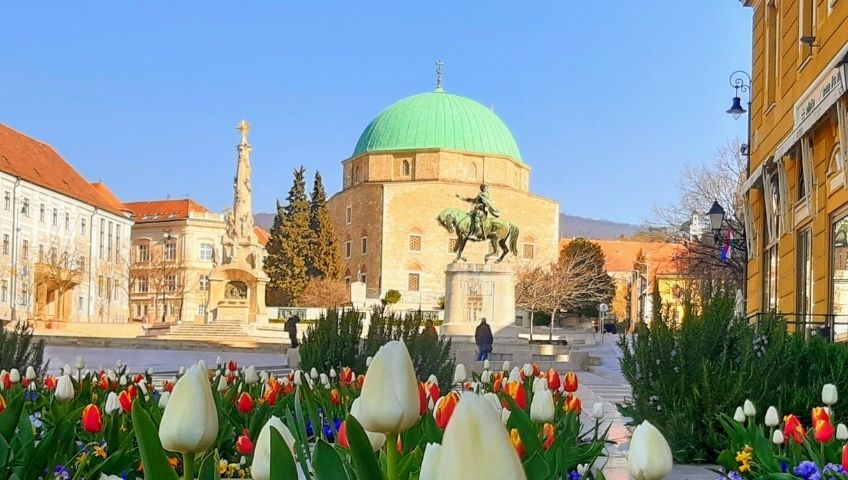
Cella Septichora Visitor Centre: The largest early Christian cemetery and burial chambers: The early Christian cemetery from the 4th century is a UNESCO World Heritage site as well as a tourist attraction where the late Roman burial chambers and graves can be visited

Cathedral and Saint Stephen Square (Szent István tér): One of the most beautiful squares in Eastern-Central Europe with the thousand-year-old dome that has the largest subterranean church in Hungary.
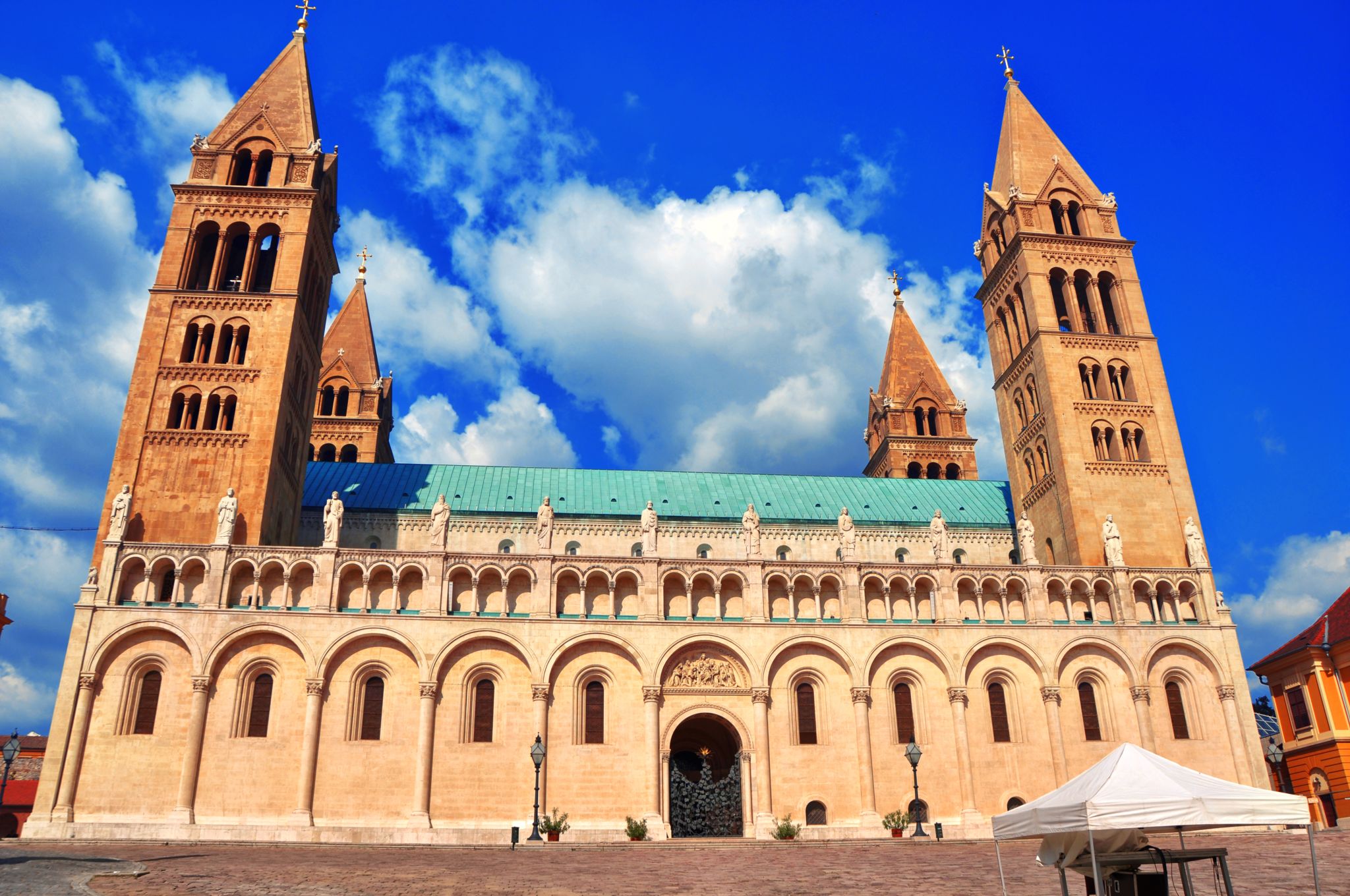
University of Pécs: The first university in Hungary. It was founded in 1367 at the seat of the diocese formally by King Louis the Great but, in reality, by Pope Urban V. The present-day university is the result of a long integration process. Today, it has become one of the most prominent Hungarian universities and the leading university in the region that is very popular with Hungarian and international students alike. The ten faculties of the university provide high quality education to students.
Photocredit: PTE – University of Pécs

The oldest grapevine in the world: The oldest grapevine is in a house in Papnövelde Street where the yard is covered with the ancient grapevine producing grape clusters of 25-30 centimetres. The perimeter of the vine is one metre, and it is believed to be 450-500 years old, so it is likely to have been planted in the second half of the 1500s.
photocredit: szeretlekmagyarorszag.hu
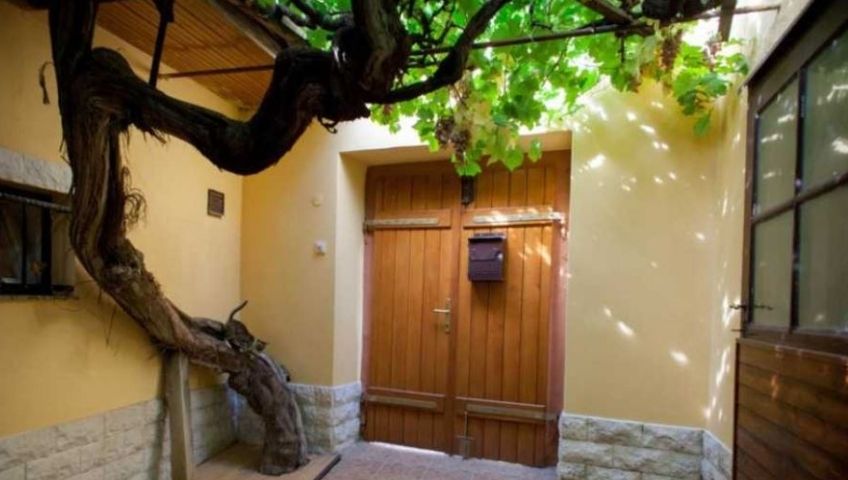
Almond trees in Havihegy: The almond trees growing in Havihegy were first written about, over a century ago, in 1916, in daily papers: “Life returns to the almond trees…”. The oldest almond tree is believed to be about 150 years old. In 2018, it was the Tree of the Year in Hungary, and in 2019, it was awarded the European Tree of the Year title.
Photocredit: turistamagazin.hu
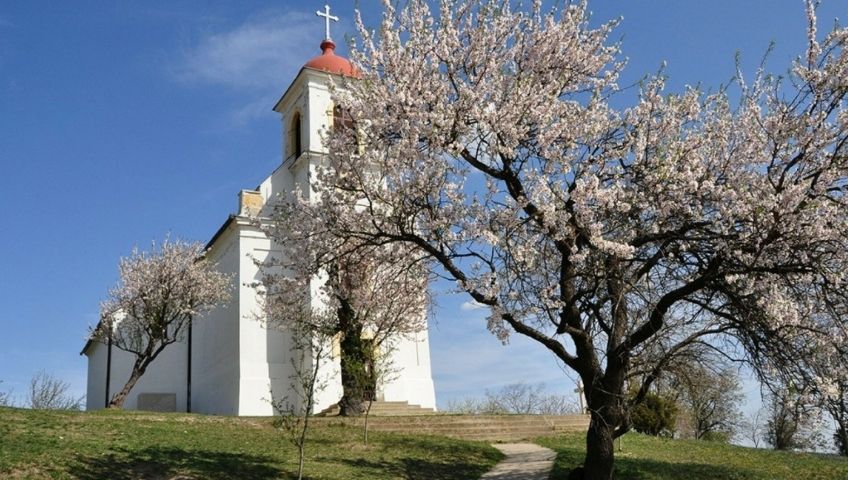
The largest wall of love locks: The first, the largest, and the most “in love” wall of padlocks. There are several theories about the origin of the locks. It may have been started by students having graduated from secondary school, or by lovers as an expression of their love, or by groups to symbolise their unity. The wall of locks may be seen as a physical link between the most beautiful venues and buildings in the downtown. Whatever its origin may be, what matters is that people need to preserve it, love it, and perpetuate it to the next generation.
Nowadays, new padlocks are placed on the wall not only by lovers, and graduating students, but also by tourists who wish to leave behind a physical memory of their time spent in Pécs. There are three lock walls in the downtown. The first wall borders the Western wall of the canon’s house at 4 Janus Pannonius Street, the second one is somewhat farther away at 8 Janus Pannonius Street, and the latest one was particularly installed for this purpose on the East side of Sétatér (“Walking Square”) at Káptalan Street.
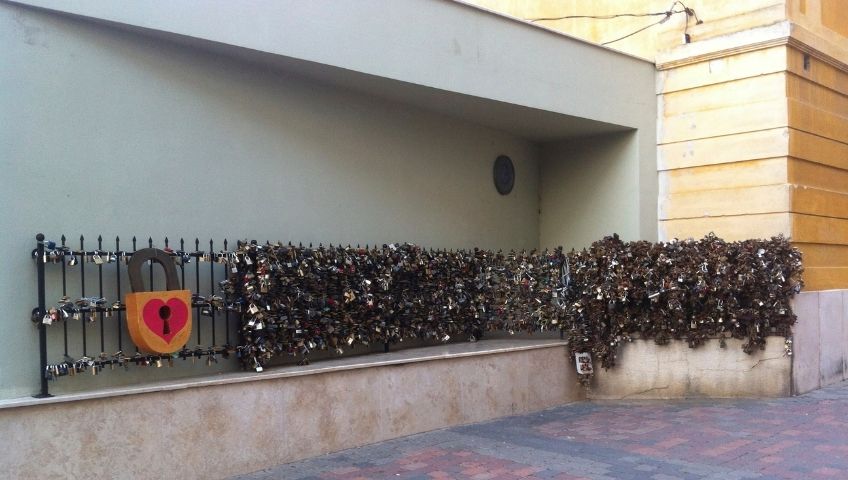
The record of most people planting flowers: The Guinness record was achieved in Pécs-Kertváros in 2016 where over 1400 people including small school children planted over 1400 flowers in less than an hour. Afterwards, the green area was named Guinness Record Promenade.
Photocredit: sokszinuvidek24.hu
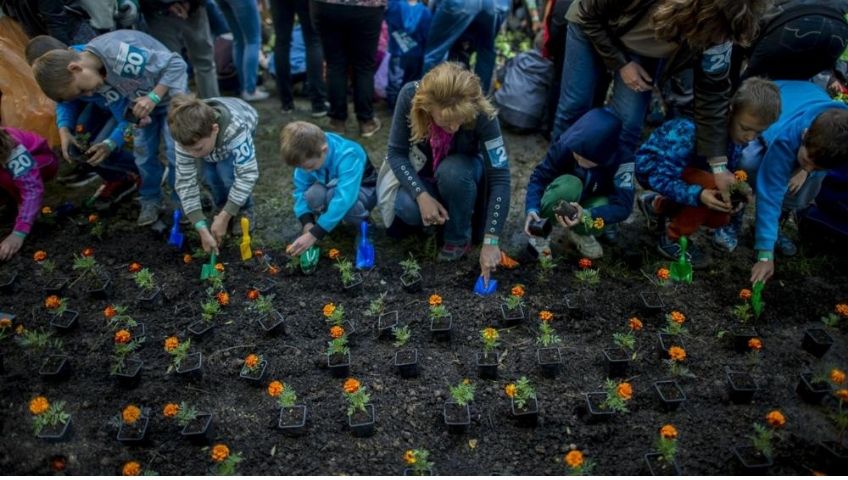
The largest drawn Christmas tree
Just like drawing a Christmas tree on paper, the figure of a Christmas tree was drawn in the air space of Hungary by Magnus Aircraft Limited Liability Company using the presentation technologies of Flightradar24.com that virtually drew the Christmas tree shaped flight path. The project was conceived by the pilots and the employees of the Hungarian owned aviation company. Using two of their own developed and manufactured two-person aircrafts, a sport and a training aircraft, the pilots completed a special flight path in the Hungarian air space. The unique flight path was a huge symmetric Christmas tree pattern, which is a real challenge to fly without using autopilot. However, the pilots including lead pilot Gyula Vári, Hanna Horváth, István Faragó and Gábor Fábián did manage to complete the route flying two Magnus Fusion 22 aircrafts close to each other. The trunk of the tree was over Pécs while the top of the tree was over Siófok. The pilots flew 358 kilometres in 2 hours and 26 minutes and turned around 20 times in the air. Magnus Aircraft Company drew the largest Hungarian Christmas tree, 80 kilometres tall, on the Hungarian sky.

Fun facts:
- Flower beds decorating the city amount to 1 hectare.
- There are about 2000 seedlings and 1000 horse chestnut trees producing white flowers in the public places of Pécs.
- There are 23 continuously working fountains and 33 drinking fountains in the city.
- About 2000 kilograms of sunflower seed are used for filling the 50 bird feeders in the city.
- There are 155 playgrounds in Pécs.
- There are 21 enclosed dog parks and 3300 benches throughout the city.
